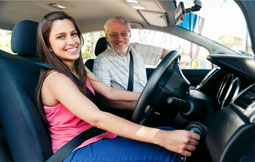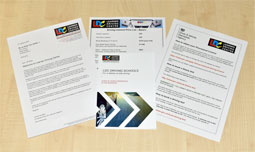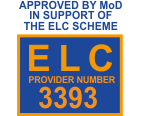23 Road positioning and lane discipline
![]() As you drive along you need to adjust the position of you car in relation to the kerb and the centre of the road or within the lines of a marked lane. When faced with multiple lanes or wide roads you need to determine which lane to take or how best to position the car respectively.
As you drive along you need to adjust the position of you car in relation to the kerb and the centre of the road or within the lines of a marked lane. When faced with multiple lanes or wide roads you need to determine which lane to take or how best to position the car respectively.
What the examiner is looking for
The examiner is checking to see that you are positioning the car appropriately within the width of the road as you are driving along. In particular the examiner is checking to see that you
- Keep your car in the centre of the left hand side of the road unless the road is particularly wide in which case keep to the left about a metre from the kerb
- Adjust your position as necessary so that you can safely deal with hazards ahead and behind
- Avoid moving in and out between parked cars unnecessarily
- Position yourself in the correct lane early and avoid unnecessary lane changes
- Keep to the middle of any lane markings if possible
- Only use the right hand lane or lanes on a dual carriageway for overtaking or turning right unless road markings or signs indicate otherwise.
Driving faults recorded
23 Positioning
Normal driving:
- Drives too close to the left hand kerb.
- Drives too far out towards the middle of the road
- Unnecessarily moves in and out between parked cars.
Lane discipline:
- Chooses incorrect lane when proceeding ahead at roundabouts or traffic lights.
- Does not keep to the selected lane where the roundabout can support two lanes of traffic.
- Uses overtaking lanes on dual carriageways for normal driving
- Straddles lane markings.
- Wanders back and forwards from one lane to the other.











